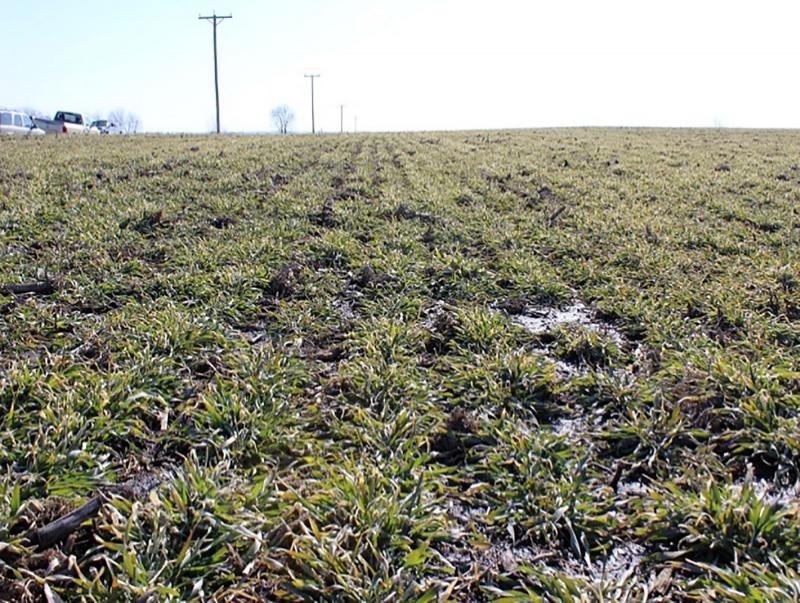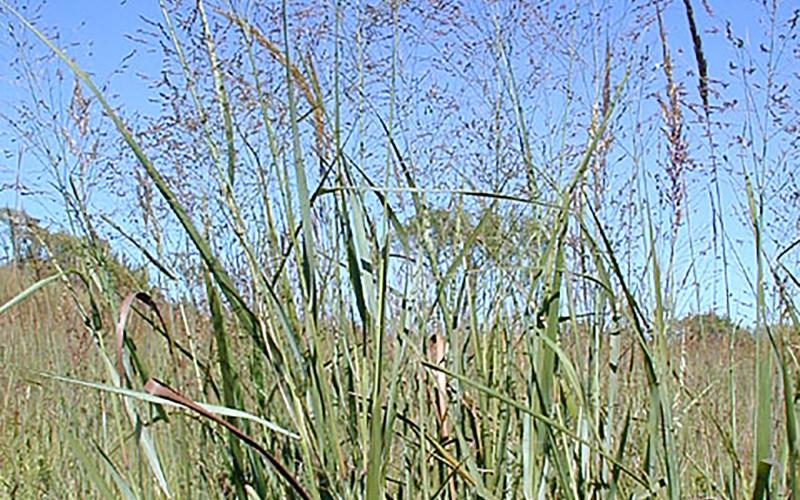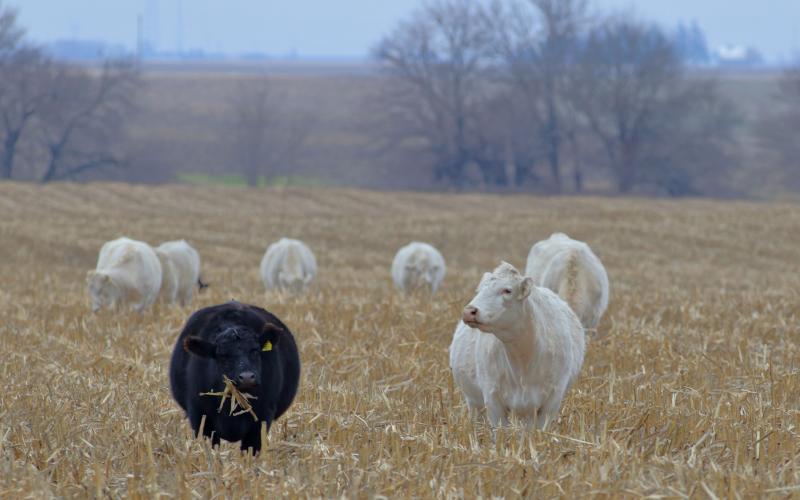Written collaboratively by Anthony Bly, Tong Wang, Jennifer Mueller, Troy White and Sandeep Kumar.
Planting cover crops and returning crop residues (stover) to the soil both adds nutrients and improves overall soil quality. These practices are common with producers across South Dakota and have been recently studied by researchers to identify how they impact the release of greenhouse gases into the atmosphere.
Impact on Soil Properties

Cover crops and crop residues can improve soil by impacting soil properties. Researchers have found that these management practices increased carbon in the soil, improved water infiltration and lowered bulk density. These combined improvements mean healthier soil and improved yields for producers.
Impact on Microorganisms
The plant residue left on the soil surface from cover crops or residues also leads to increased activity of the microorganisms in soil. Increased amounts of carbon and less standing water enhances microbial activity leading to even healthier soil.
Impact on Greenhouse Gases
Healthier soil from cover crops and returning residues leads to healthier microbe populations in soil. This leads to lower amounts of greenhouse gases released from microorganism. Therefore, cover crops and returning residues reduces greenhouse gases released into the atmosphere.
What Are Greenhouse Gases?

Greenhouse gases, climate change, and global warming are buzz words we now hear constantly in the media and in our everyday life. It is very easy to get lost in all the information that is available, especially when it comes to agriculture. So, how do these things impact producers, our soil, and our management decisions?
Greenhouse gases, climate change, and global warming are buzz words we now hear constantly in the media and in our everyday life. It is very easy to get lost in all the information that is available, especially when it comes to agriculture. So, how do these things impact producers, our soil, and our management decisions?
Greenhouse gases are gases that trap the sun’s rays and can influence air temperatures and rainfall totals (often this is referred to as climate change). Microorganisms that are present on the soil surface release greenhouse gases as they undergo their natural processes. Therefore, crop management practices, such as planting cover crops and returning crop residues to the soil, can directly impact the amount of these gases released by impacting the activity of the organisms present on the soil surface. This activity results in the release of greenhouse gases which contributes to changing air temperatures and rainfall totals.
Bottom Line
Planting cover crops and returning crop residues can not only improve soil health but can also lead to a lower amount of greenhouse gases released into the atmosphere.
![A green tractor planting seeds in a no-till field. Courtesy: United Soybean Board [CC BY 2.0] via Flickr](/sites/default/files/styles/teaser_800x500/public/2019-10/W-00433-00-no-till-planting-soybeans-field.jpg?h=b2774bcf&itok=4KjGmXKP)

